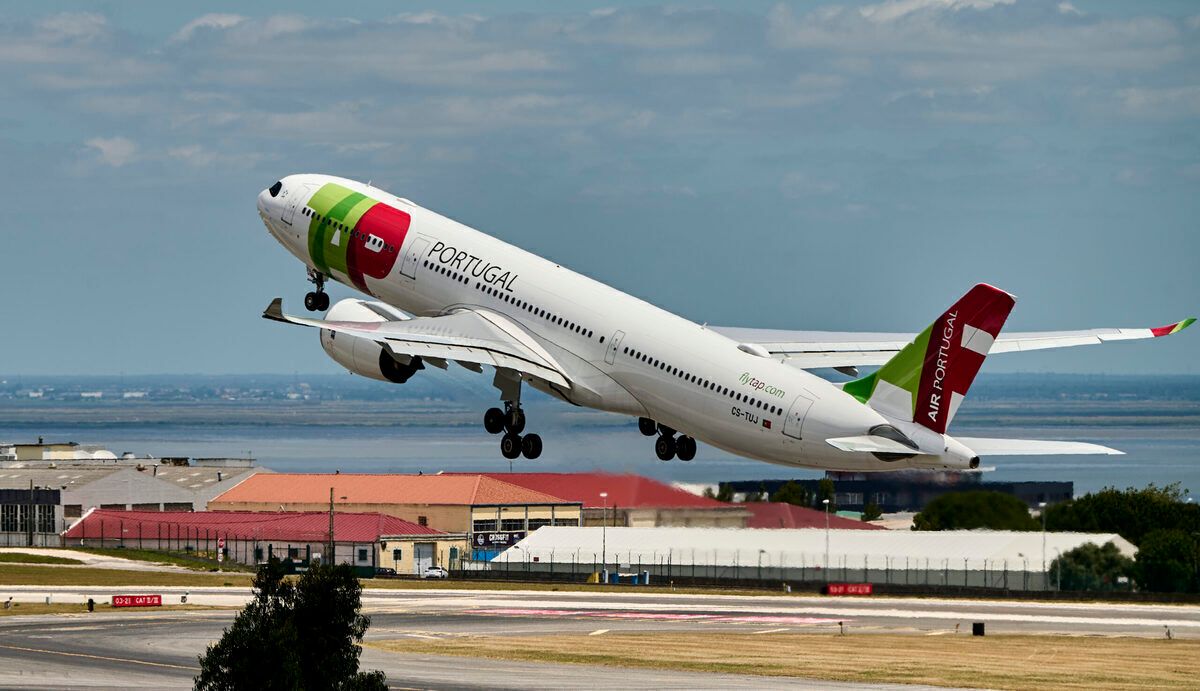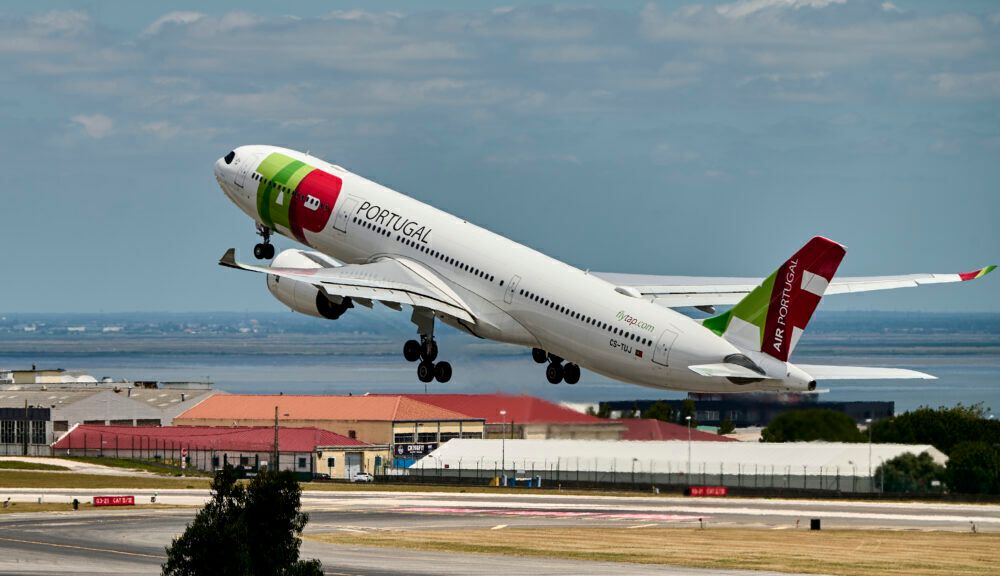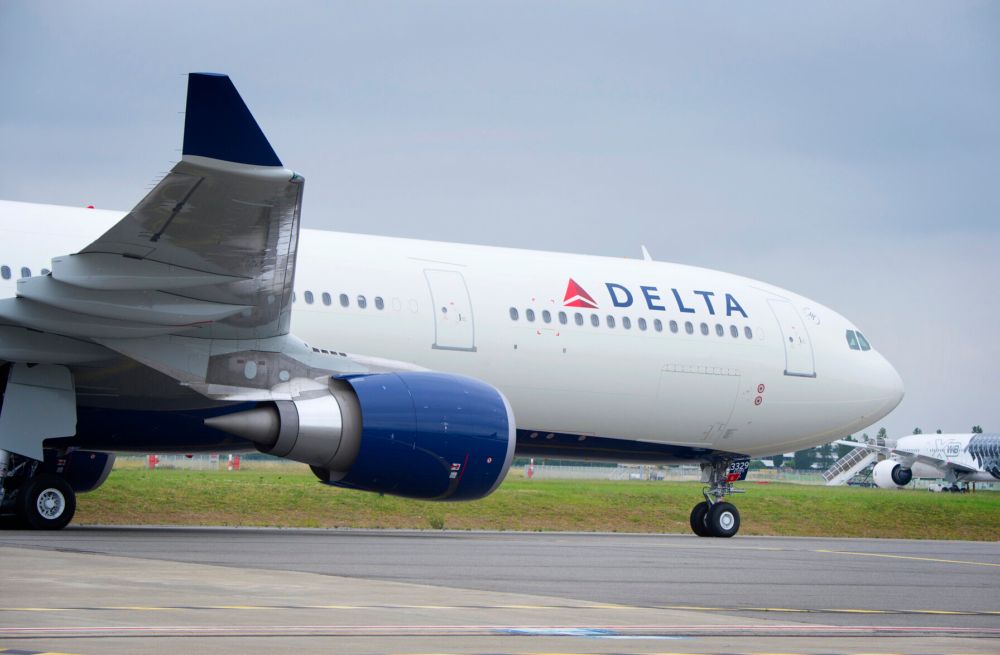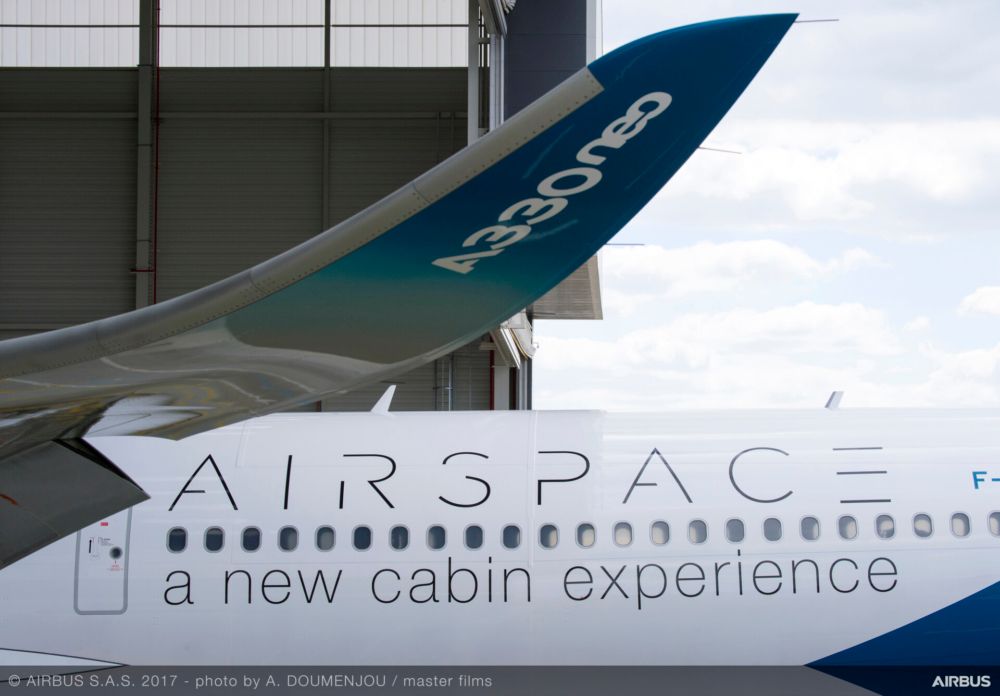While both the Airbus A330-300 and the Airbus A330-900 may look the same to the untrained eye, some differences exist between the two aircraft. With that in mind, today, we thought we would take a deeper look into the popular Airbus jet and point out the differences between the older and newer plane.
During the 1970s, engineers at Airbus were already hard at work designing a derivative of the A300, the company's first twin-engine widebody plane. Targeted to compete against the McDonnell Douglas DC-10, the Airbus A330 would be able to carry more passengers than the A300 while also burning 25% less fuel than the DC-10.
The first Airbus A330 arrived in 1992
Once funding was in place, Airbus announced the launch of the A330 in the summer of 1987, just before the prestigious Paris Air Show. At the time, the European planemaker already had orders on the books for 41 A330s, with Hong Kong's Cathay Pacific jumping on the bandwagon in 1989 when it requested nine, and then later, 11 A330s.
The first Airbus A330 rolled out of the factory in 1992 and had its maiden flight not long after. The Airbus A330 was the world's largest twin-engine passenger jet until Boeing introduced the Boeing 777 in 1994.
Airbus A33-300 specifications:
- Length 63.60 meters 208 feet 8 inches
- Wingspan 60.30 meters 197 feet 10 inches
- Height 16.50 meters 54 feet 2 inches
- Engines 2
- Thrust per engine 320 kN 72,000 lbf
- Total thrust 640 kN 144,000 lbf
- MTOW 233,000 kgs 514,000 lbs
- Range 10,500 km 5,670 nm
- Cruise speed M0.83
- Pax Max seating 440
- Typical seating 3-class 250-290
The Airbus A330-900
The Airbus A330-900 or A330neo (New Engine Option), as it is generally referred to, made its maiden flight in October of 2017 before entering service with TAP Portugal just over a year later. Faced with competition from Boeings 787 Dreamliners, Airbus developed the Airbus A350 as a direct competitor. While you may wonder why Airbus did not stop production of the A330 and concentrate on A350 sales, the European planemaker saw an opportunity.
By powering the A330-900 with Rolls-Royce Trent 7000 engines and introducing larger curving wings, Airbus lowered the A330's fuel consumption by 14% per-seat cost. By keeping with the A330, Airbus could keep the price of the new version down, something that it thought would appeal to A330 operators who were looking to modernize their fleets with newer fuel-efficient planes.
Airbus A330-900 specifications:
- Length 63.66 meters 208 feet 10 inches
- Wingspan 64 meters 210 feet
- Height 16.79 meters 55 feet 1 inch
- Engines 2
- Thrust per engine 320 kN 72,000 lbf
- Total thrust 640 kN 144,000 lbf
- MTOW 242,000 kgs 534,000 lbs
- Range 12,130 kilometers 6,550 nautical miles
- Cruise speed M0.86
- Pax Max seating 440
- Typical seating 3-class 260-300
Stay informed: Sign up for our daily and weekly aviation news digests.
The difference is the wings
As you can see from the comparison, the length of the wings is the difference between the A330-300 and the A330-900. The wings on the A330-300 point upwards at the ends to a point. The wings on the A330-900 curve upwards, similar to how they do on the Airbus A350. The wings on the A330-900 are like those on a bird curving up to a fine point at the tips.
So there you have it, if you want to tell an A330-300 from an A330-900, all you have to do is look at the wings.
What do you think about the Airbus A330 family of jets? Please tell us your thoughts in the comments.




